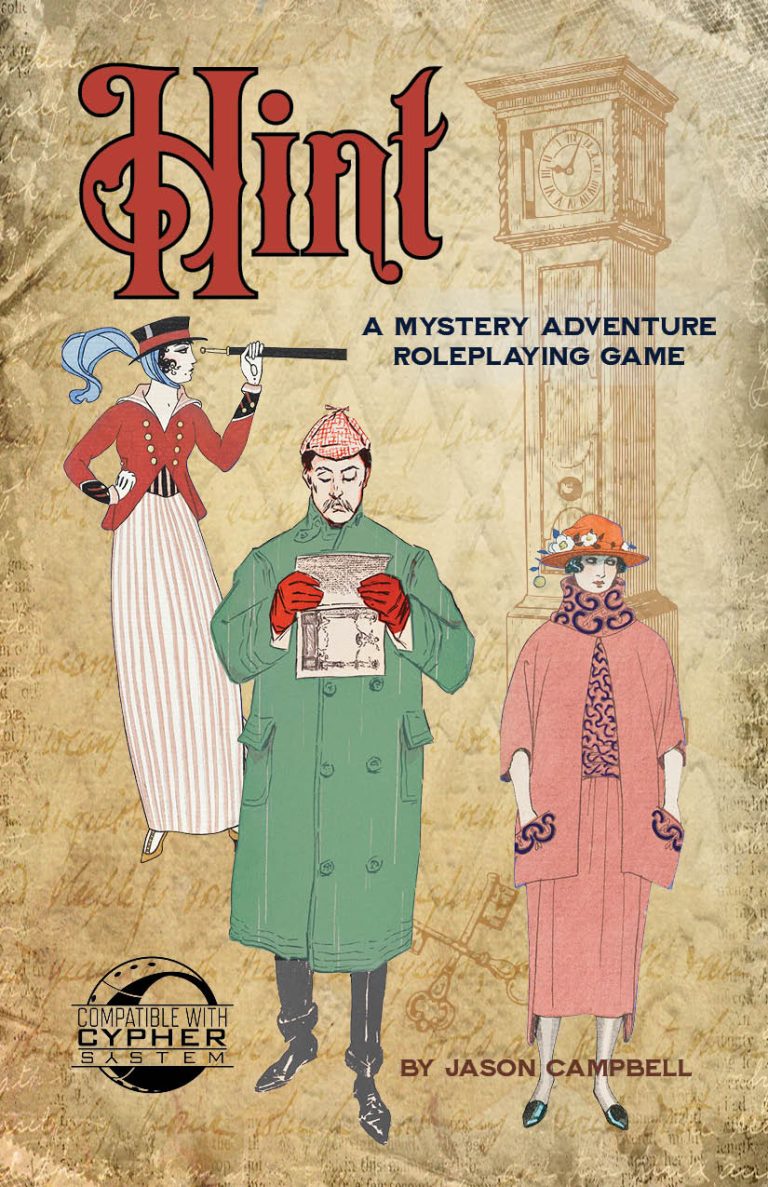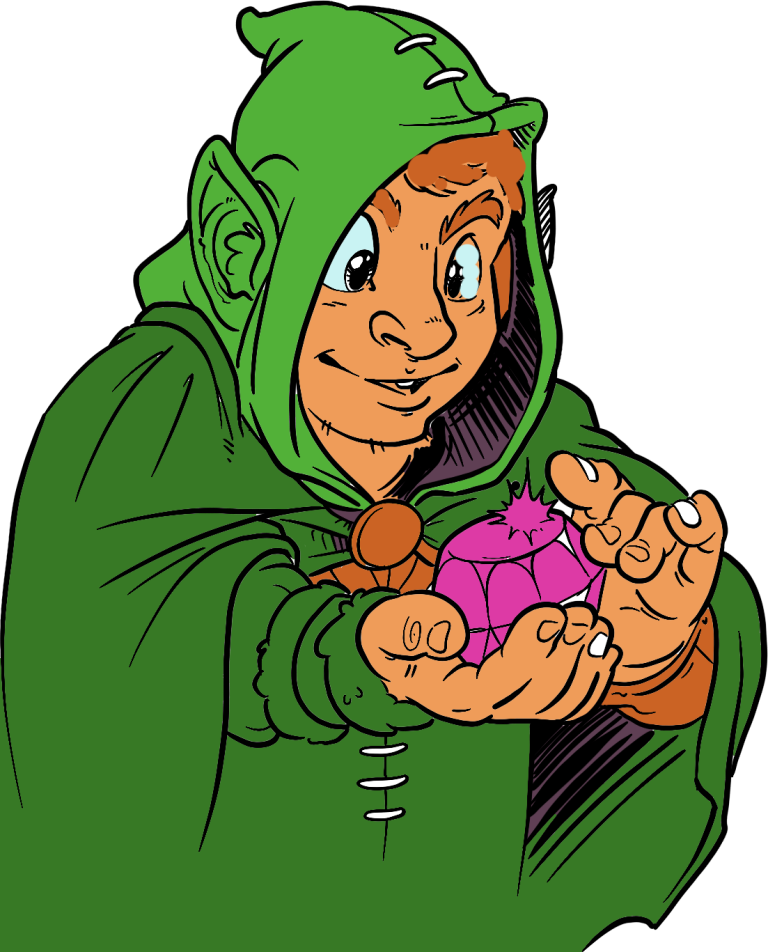By Jason Campbell
You draw open the wooden door to find a room awash in shadows, its floor cast in dust. Along the wall to your left are many bookshelves but most lay empty. A few books are scattered here and there – fallen or forgotten. On the wall to your right is a tapestry, its imagery of a beautiful young lady barely visible through the fading of many years. The only light in the room comes from a candelabra on the ceiling 10 feet above where the stub of a single candle flickers, threatening to extinguish at any moment. From the barely noticed chair in the shadows of the far corner rises a figure, slowly standing with noticeable effort. “Welcome, friends”, he quietly says.
This description of a simple room could be from any TTRPG game session. What does it tell the players? There’s a few books on bookshelves, a tapestry, a candle, and a person gets up from a chair in the far end of the room. That’s about it. But what else do the players know?
The way you describe an area can be just as important to your game as the objects you describe. It’s often the way you describe something that sets the tone for the adventure. You set up a theme by using certain words, by the order you describe things and by the amount of detail you use for certain items, as well as the tone of voice you use in your description. Leaving the description of the figure until the end sets a non threatening tone. The above description leaves the players with the tone of sadness, as if they know the figure is forlorn before they even speak to them. It might work well in a gothic drama, or a horror game.
You open the door and see a figure in the opposite corner of the room. The creature immediately rises from its chair speaking to you, “Welcome, friends”. It takes no notice of the few books on a nearby shelf, the old tapestry, or the candle nearly burned out.
This description could be of the same room, but yields a different tone. By focusing on the figure first the players concentrate on it. The other decorations in the room are only briefly discussed as the figure ignores them. This description gives a feeling of foreboding. The figure isn’t charging to attack the player character, but the players are naturally suspicious. This description would set the tone for a game where the players are exploring the unknown and they need to be guarded.
You open the door to a room lit only by a lone candle in a fixture hanging from the ceiling. A figure sitting in a chair notices the candle flicker, stares at it, then rises. “Welcome, friends”, he says offhandedly as he scoffs at the candle. His gaze darts to the few books scattered on the shelves on the opposite wall. He rises and stands, shrugging at an old tapestry of a woman.
In this description the figure doesn’t appear threatening. It isn’t clear what is happening in the room, but there’s a feeling that there’s something going on. The player characters have walked into a story in progress but have no idea what that means. The tone isn’t foreboding or threatening, it isn’t even gloomy. This could be a description in a mystery, even a light hearted game session.
The way you describe a scene gives the players more information than just the few plot points therein. Use your words to tell the story and set the tone.
What do you think? Do you have an example of a description from a game that set the tone for the adventure?





